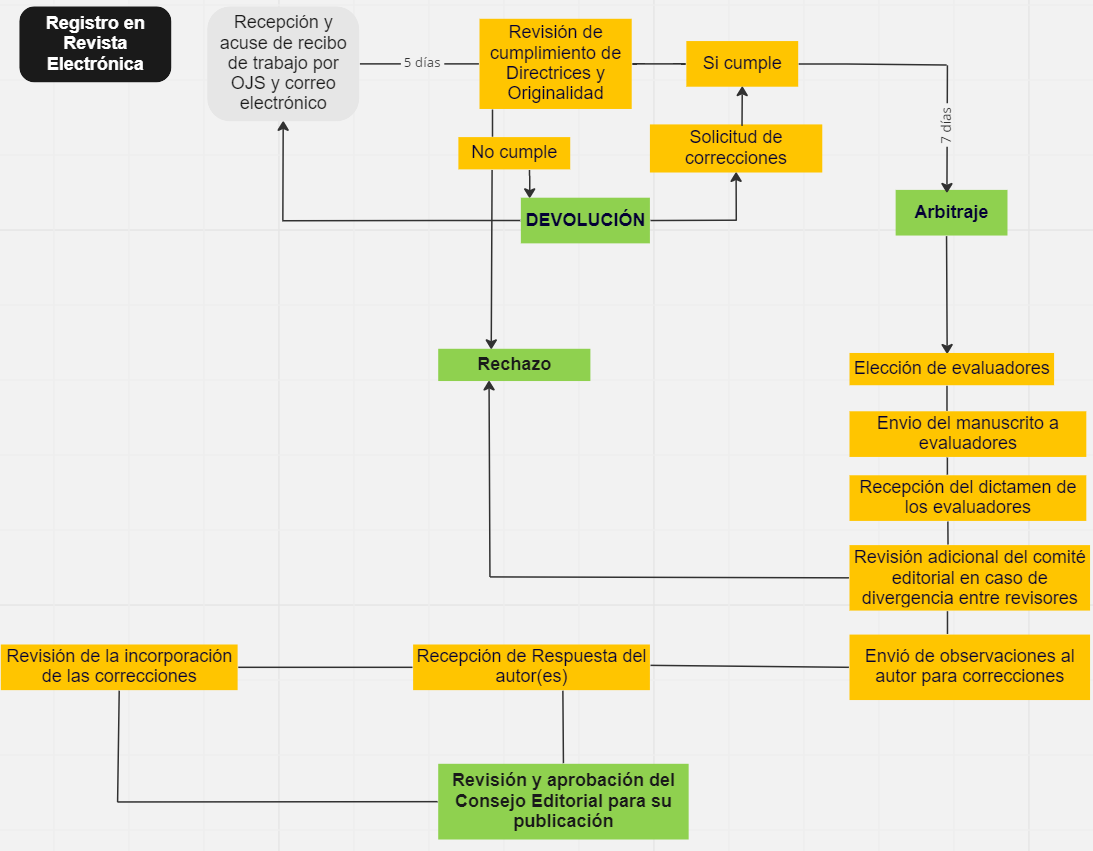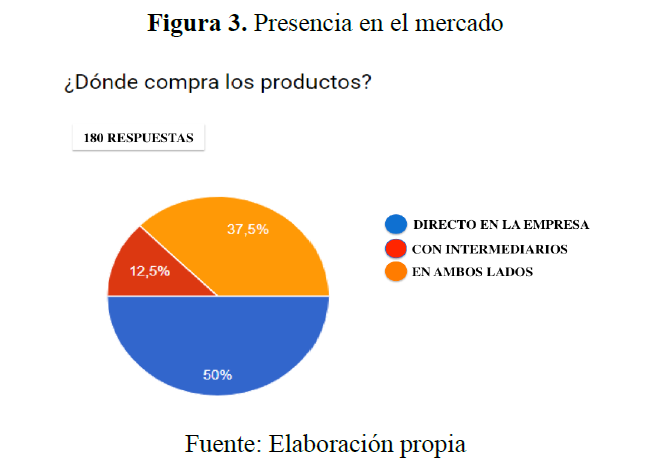Submission Preparation Checklist
As part of the submission process, authors are required to check off their submission's compliance with all of the following items, and submissions may be returned to authors that do not adhere to these guidelines.- The submission has not been previously published, nor is it before another journal for consideration (or an explanation has been provided in Comments to the Editor).
- The submission file is in OpenOffice, Microsoft Word, or RTF document file format.
- Where available, URLs for the references have been provided.
- The text is single-spaced; uses a 12-point font; employs italics, rather than underlining (except with URL addresses); and all illustrations, figures, and tables are placed within the text at the appropriate points, rather than at the end.
- The text adheres to the stylistic and bibliographic requirements outlined in the Author Guidelines.
Copyright Notice
With the purpose of promoting the development and dissemination of research in education in Latin America, the RECI Ibero-American Journal of Computational and Informatic Sciences adhered to the Budapest Open Access Initiative, which is why it is identified as an open access publication. open. This means that any user can read the full text of the articles, print them, download them, copy them, link to them, distribute them and use the contents for other purposes. Creative Cummons licenses allow you to specify the rights of use of an open access journal available on the Internet in such a way that users know the publication rules. The authors who publish in this journal accept the following conditions: The authors retain the copyright and give the journal the right of first publication, with the work registered with the Creative Commons attribution license, which allows third parties to use what is published as long as they mention the authorship of the work and the first publication in this The authors may make other independent and additional contractual agreements for the non-exclusive distribution of the version of the article published in this journal (eg, include it in an institutional repository or publish it in a book) provided that they clearly indicate that the work was published for the first time in this journal. Authors are allowed and recommended to publish their work in I Internet (for example on institutional or personal pages) before and during the review and publication process, as it can lead to productive exchanges and a greater and faster dissemination of published work
Privacy Statement
The names and email addresses entered in this journal site will be used exclusively for the stated purposes of this journal and will not be made available for any other purpose or to any other party.




